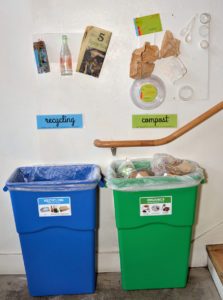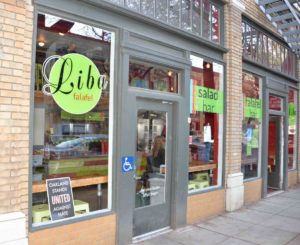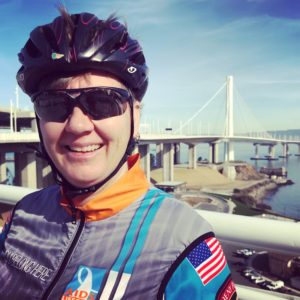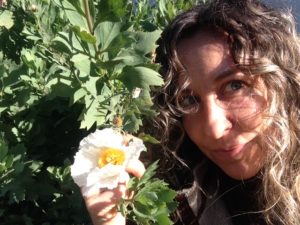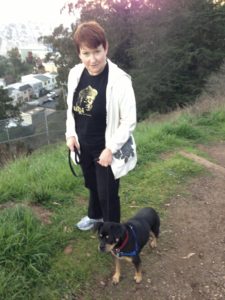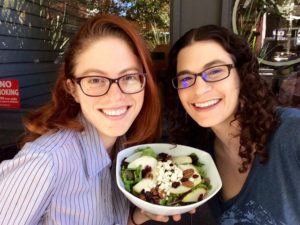As attention spans get shorter and shorter, it’s necessary to repeat a message many times over just to be remembered, let alone shift a behavior. For our Riders Recycle program that aims to increase used motor oil and filter recycling among Do-It-Yourself (DIY) motorcyclists, our strategy is to provide multiple placements of consistent messaging about motorcycle oil and filter recycling, including in-person outreach at events; a comprehensive website; consistent social media posts; and targeted online advertising. Through a recent survey, we found a quarter of DIYers (people who change their own oil and filters) across our 10 client jurisdictions did NOT recycle their used oil filters, so we knew we had to bring awareness to used oil filter recycling.
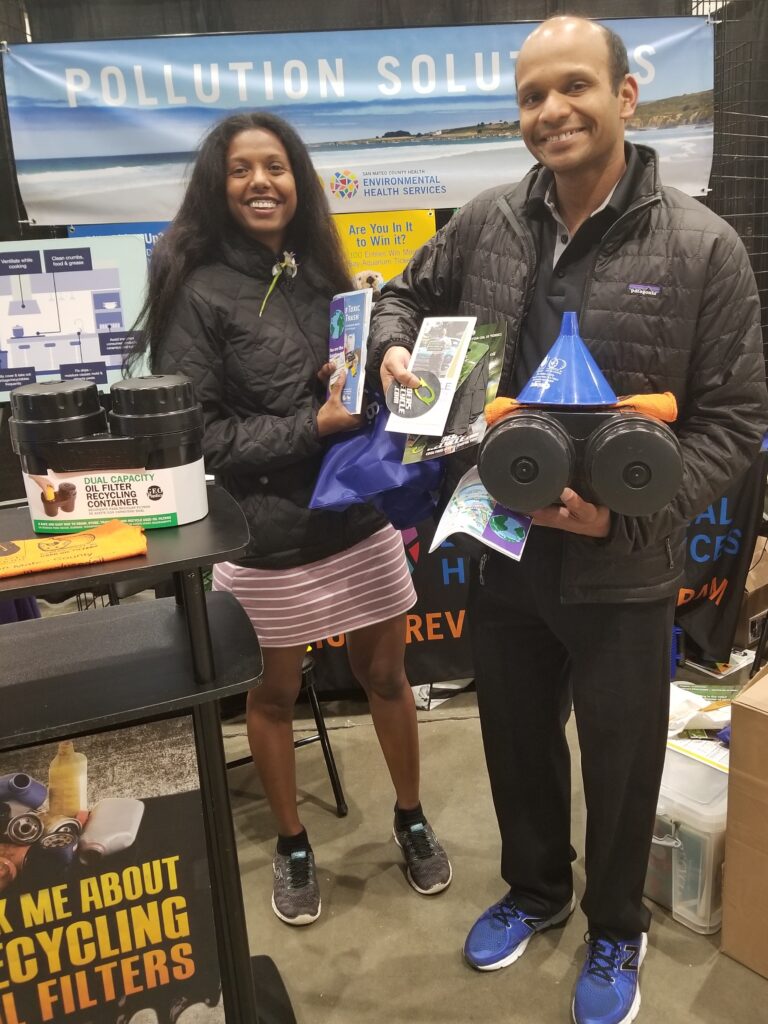
IN-PERSON
Local motorcycle events are an ideal venue for reaching the target audience of gear heads. We bought oil filter recycling drainer containers for give-aways to make it easier for DIYers to drain and then recycle their filters. We asked questions at events to understand what people were doing with their used oil filters and some of the key barriers to recycling. (Learn more about the importance of the messenger, message and materials for in-person outreach in our March blog post.) Half of DIYers who weren’t recycling their oil filters were stockpiling them, so we focused on this behavior to develop an online social media and ad campaign.
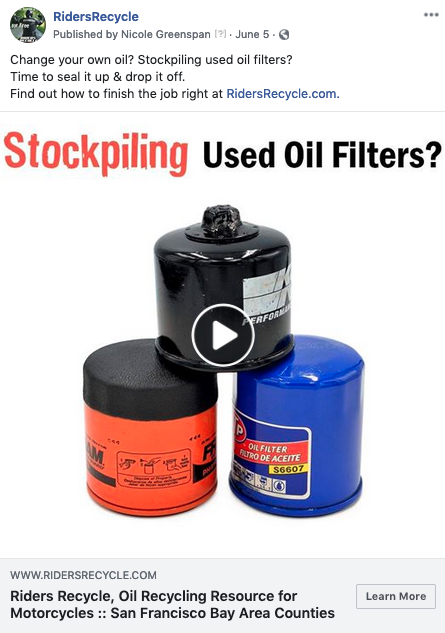
ONLINE
Our online presence helps us reach more people more often throughout the year. The Riders Recycle website has information about how to dispose of used oil and filters, drop-off locations, a calendar of events for DIYers to get free oil and filter recycling materials, and a DIY oil and filter change blog. From the website analytics, we could see that Riders Recycle blog posts were some of the most popular pages on the site. Our most recent blog post includes easy-to-read content, pictures of how to prepare oil filters for recycling and an embedded map of drop-off locations, addressing several of the barriers and questions we receive in one place.
Riders Recycle has a growing social media presence, supported by targeted advertising. Facebook is great for maintaining a relationship with your community, sharing events and gaining new followers with geo- and interest-targeted ads. For Facebook, Google, and Bay Area Riders Forum, we created simple filter-focused GIF/video ads that encourage DIYers to seal up their stockpiled oil filters and drop them off at a local collection center. We targeted motorcycle enthusiasts during the beginning of the high motorcycle riding season, garnering thousands of clicks and views and hundreds of thousands of impressions. Online advertising brought in more than a quarter of all California-based visitors to the website this year. The ad results and analytics help us learn more about key demographics of people who engaged with the content, which can inform future content and ad development.
While there isn’t a “one size fits all” approach to effective marketing, using research to develop appropriate content for in-person outreach, website, social media channels and targeted advertising can help you reach your audience enough times and, in enough places, to increase the likelihood of action.
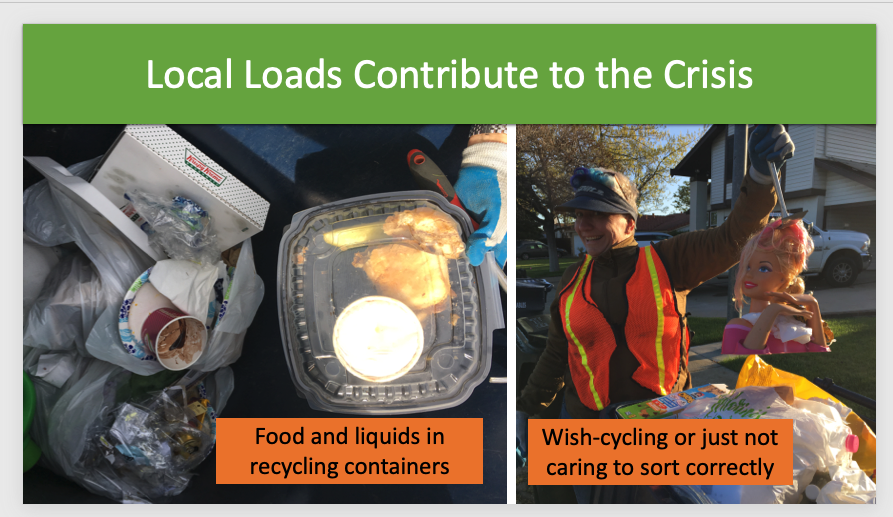

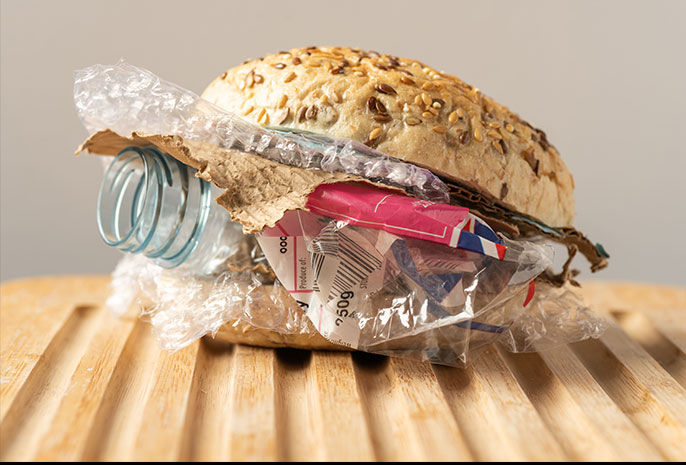

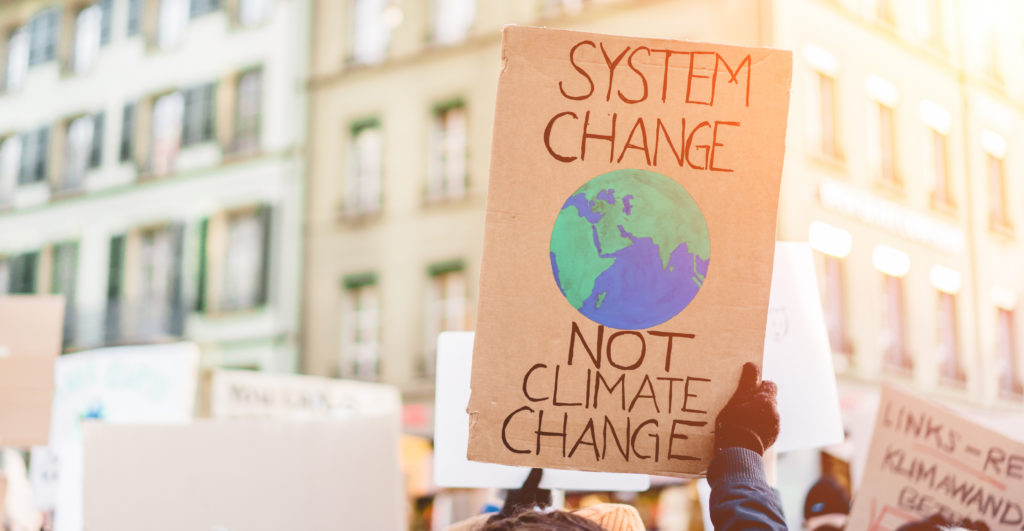
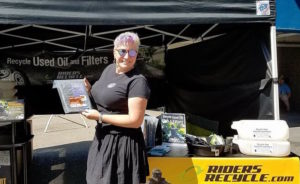
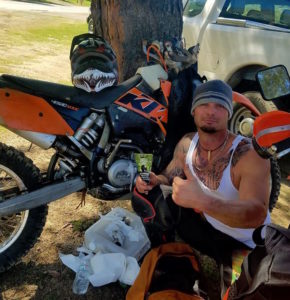
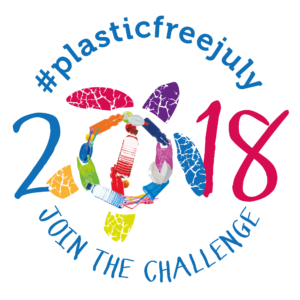
 Often in the course of our work we are lucky enough to run into local residents who embody the environmental attitudes that we cherish. Often those people are exemplary in other ways, as well. The Gigantic team met Gail Lillian on a photo shoot for recycling and composting in the food service industry. Her business—
Often in the course of our work we are lucky enough to run into local residents who embody the environmental attitudes that we cherish. Often those people are exemplary in other ways, as well. The Gigantic team met Gail Lillian on a photo shoot for recycling and composting in the food service industry. Her business—